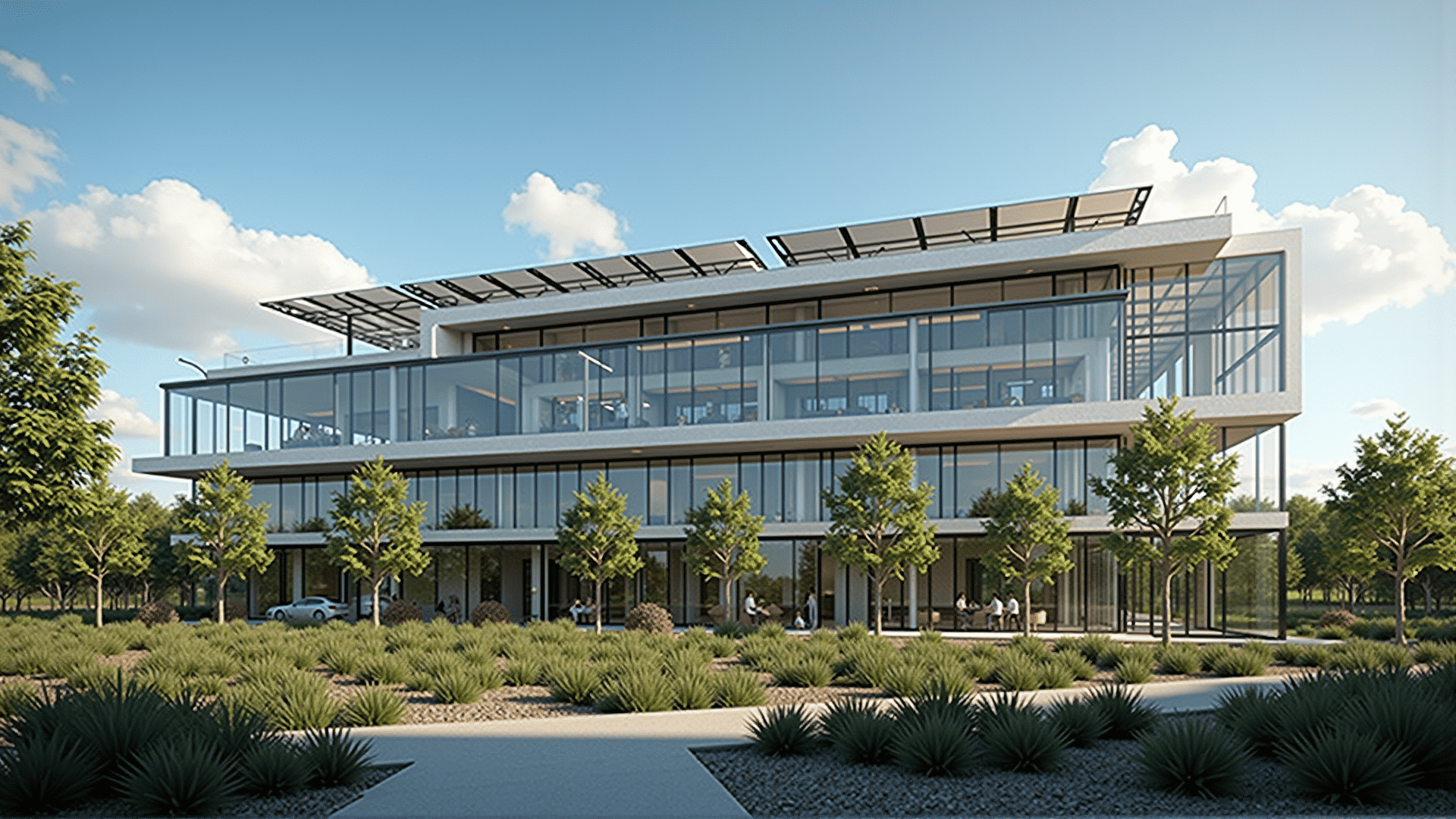In recent years, the importance of integrating eco-friendly practices into building design and construction has become increasingly apparent. The growing awareness of environmental issues and the need to create sustainable and energy-efficient structures have driven significant advancements in the way buildings are conceptualized and constructed. Sustainable building practices not only contribute to environmental conservation but also bring substantial economic and social benefits. Let’s delve into how these practices are integrated and what they entail.
Use of Sustainable Materials
One of the primary facets of sustainable building is the use of eco-friendly materials. This includes selecting materials that are renewable, recyclable, and have a low environmental impact from production to disposal. Materials such as bamboo, reclaimed wood, recycled steel, and low-VOC (volatile organic compound) paints are becoming more prevalent. By using these materials, builders reduce carbon emissions, minimize waste, and often create buildings that are healthier for occupants as they emit fewer toxins.
Energy Efficiency
Sustainable buildings prioritize energy efficiency, utilizing design and technology to reduce energy consumption. This is achieved through several methods:
-
Passive Design: Buildings are oriented and designed to harness natural light and ventilation, reducing the need for artificial lighting and climate control. Techniques include window placement, building orientation, and thermal mass utilization.
-
Advanced Insulation: High-quality insulation materials ensure that buildings maintain comfortable indoor temperatures without over-relying on heating or cooling systems.
-
Energy-Efficient Systems: Implementation of LED lighting, energy-efficient HVAC systems, and smart thermostats can significantly lower energy consumption. Additionally, the integration of renewable energy sources like solar panels further reduces dependence on non-renewable energy.
Water Conservation
Incorporating systems that conserve water is another critical component. This might include rainwater harvesting systems, low-flow fixtures, and greywater recycling systems. These technologies lessen the burden on municipal water supplies and help maintain the balance of natural water ecosystems.
Sustainable Site Development
When planning new constructions, sustainable site development is essential. This involves choosing locations that minimize the impact on local environments, preserving existing ecosystems, and promoting biodiversity. Urban infill projects, which utilize previously developed land, can reduce habitat disruption and lessen the need for new infrastructure.
Indoor Environmental Quality
Creating a healthy indoor environment is vital for occupant well-being. Sustainable building practices often employ non-toxic materials, improved ventilation systems that bring more fresh air indoors, and designs that maximize natural daylight. These elements not only improve physical health but also enhance mental well-being and productivity.
Life Cycle Consideration
Sustainable buildings are designed with the entire life cycle in mind—from construction to eventual demolition and disposal. By considering each phase, builders can choose processes and materials that not only meet immediate needs but also minimize future environmental impacts.
Economic and Social Benefits
While initially, it might seem that sustainable buildings are costlier to build, they often prove more economical in the long term through reduced energy and maintenance costs. Additionally, buildings that prioritize sustainability often have higher occupancy rates and rental premiums due to their increased comfort and lower utility bills.
Conclusion
Sustainable building practices represent a critical shift in how we think about construction. These practices help mitigate environmental damage, reduce carbon footprints, and create healthier, more efficient spaces. As technology and materials evolve, sustainable building strategies will continue to improve, paving the way for a more sustainable industry that harmonizes the built environment with the natural world. As stakeholders in the construction industry—architects, engineers, developers, and consumers—embrace these practices, we can look forward to a future where our built environments positively contribute to our planet and society as a whole.
